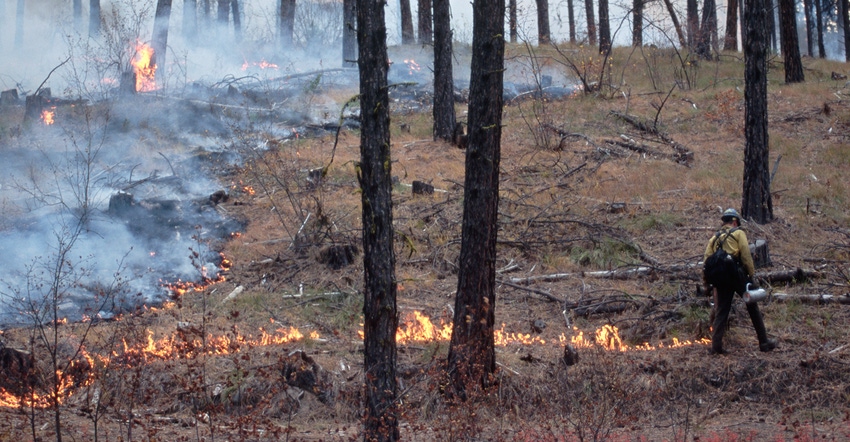August 19, 2020

Today’s wildfires are often larger and more catastrophic than in the past. Decades of fire suppression and an inability to manage forests through controlled burns, thinning, and pest and insect control play a big role in this. Today, on average 7 million to 8 million acres of forests and grasslands burn annually, double the figure from three decades ago.
We know there are ways to actively manage our Western forests to improve water quality, provide for jobs, reduce the cost of firefighting and increase forest resiliency. Now we have new tools to assess how proper management of watershed vegetation can increase water yield.
Research conducted by the U.S. Forest Service on the Upper North Platte River in Wyoming shows that restricting timber harvest had already severely impacted the watershed and reduced water yield to the tune of a minimum of 160,000 acre-feet (AF) per year. The literature and research show that implementing a 100-year rotation on all eligible timberlands would sustain an increase of 50,000 to 55,000 AF of water per year — for just one part of one forest in Wyoming.
There is a significant gain in water supply to streams, because the consumptive use of water is reduced when the number of trees growing as forests is managed to avoid the conditions that result in catastrophic wildfires.
Expanding the idea
Applying these findings across upland forested areas within the Colorado River system suggests that active forest management could potentially increase water yield by several hundred thousand acre-feet per year, provide for hundreds of jobs, and reduce the cost of firefighting while increasing forest resiliency.
New research in California further suggests that actions such as mechanical thinning and prescribed burns also contribute to significant increases in downstream water availability.
The University of California Merced’s Sierra Nevada Research Institute recently published a study titled “Evapotranspiration Mapping for Forest Management in California’s Sierra Nevada”. The researchers sought to estimate the change in evapotranspiration (ET, or water primarily used by vegetation) after wildfires. Looking specifically at two watersheds in the Sierra Nevada mountains between 1985 and 2015, the research team found that ET in these forested areas decreased for at least five years after wildfire events during the study period. In some cases, reductions in ET lasted more than 20 years.
This means more water is available to flow downstream as runoff to meet other needs. The study suggests that forest-management strategies could enhance runoff in the two watersheds by 4% to 10%, significantly bolstering California’s water supply
Targeted approach
A responsible level of continuous reduction in fuels includes a combination of robust mechanical thinning and prescribed fire. This can be employed to significantly reduce ET, tree stress, disease and pest infestation; preserve health forest conditions; and protect species and habitats.
Failure to employ this approach will continue the downward, accelerating spiral of fuel accumulation, drought, disease and invasive insects. This will lead, inevitably, to additional high-intensity fire events in the future.
When these events occur, the very values for which our system of national forests was created will be lost.
Keppen is executive director of the Family Farm Alliance.
About the Author(s)
You May Also Like




